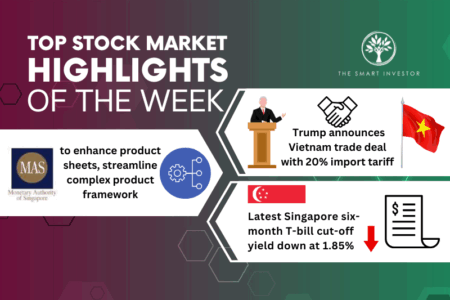The best way to describe the NASDAQ index over the past year would be a roller coaster.
Source: Google Finance
From afar, roller coasters may do not look as intimidating.
But anyone who has actually got into one of its rail cars will tell you otherwise.
Likewise, investing looks simple when you read about it in a book. However, when you get on the stock market’s roller coaster, it can be hard to keep your emotions in check.
It’s particularly hard when stocks decline for a prolonged period of time.
While we expect market downturns to happen from time to time, experiencing them is another matter.
Robert Vinall, a Swiss-based fund manager, offered this interesting observation:
“… there is a difference between knowing something happens and experiencing it. In theory, we should be rejoicing at such a rich buying opportunity.
In practice, it hurts.”
A big part of the reason is psychological.
On the surface, a gain of US$1,000 and a loss of US$1,000 should feel the same …
But studies have shown that the pain of losing a sum of money is often far greater than the joy of gaining the same amount of money.
It’s all in our head
Another reason why it is hard to act rationally goes back to how our brain works.
According to WSJ journalist and author, Jason Zweig, our brain is wired for pattern recognition.
In his book, Your Money and Your Brain, he said …
“It’s vital to recognize the basic realities of pattern recognition in your
investing brain:
a) It leaps to conclusion
b) It is unconscious
c) It is automatic
d) It is uncontrollable … ”
When it comes to investing, pattern recognition works against you. Zweig added:
“Two in a row of almost anything—rising or falling stock prices, high or low mutual fund returns—will make you expect a third.”
In other words, daily stock price movements can cause you to form incorrect patterns in your heads, spurring you to buy or sell.
For all the wrong reasons.
In effect, your brain is working against you.
As such, lessening the psychological weight our brains carry can be the difference between mediocre or great returns.
Taming our greed and fear
Thankfully, there are ways to ease our mental burden.
Firstly, we can simply remove the column with the daily stock price movement.
Think about it.
Daily movements tell you nothing about a stock.
If you know what stock price to pay, all you need is the stock price on that day.
That’s all you need.
Whether the stock is up or down on the day you buy should not influence your decision.
Secondly, you can ease the stress of each decision by sizing each buy according to the risk you perceive.
For example, you may like the growth prospects of both Microsoft (NASDAQ: MSFT) and Roblox (NYSE: RBLX).
But just because you like the duo does not mean that you have to invest equal amounts in the two stocks.
Microsoft is a far more established company with multiple streams of revenue.
Roblox, on the other hand, is a relatively young business which still has a lot to prove.
Given the circumstances, you may choose to invest more in Microsoft while sizing your position smaller for Roblox.
That way, the position sizes are tailored to your comfort level.
Thirdly, you can also choose to spread out your buys in stages.
Here’s how it works.
If the NASDAQ index falls by 10% from its peak, you can put 10% of your cash to work while keeping the other 90%.
When the index’s decline deepens to 20%, you can deploy another 20%, thereby investing 30% of your cash into stocks.
This way, as the market falls, you will always have some cash to buy at every stage.
Get Smart: Keep and carry on
If there’s one thing we know about roller coasters, it will be unwise to get out while it is still swinging up and down.
The same applies to investing.
Market declines are painful. As humans, we all feel the hurt and pain.
But panic selling is never a good idea.
Instead, we should tame our impulses, take action in stages, and keep our wits about us …
.., these are all simple but effective ways we can survive a downturn.
The action we take today will make a big difference to our wealth in the future.
How do you decide if a growth stock is worth your money? There is no shortage of stock ideas today, but is a particular stock suitable for you? Find out more in our latest FREE report, How To Find The Best US Growth Stocks For Your Portfolio. Click HERE to download the report for free now!
Follow us on Facebook and Telegram for the latest investing news and analyses!
Disclosure: Chin Hui Leong owns shares of Roblox and Microsoft.




